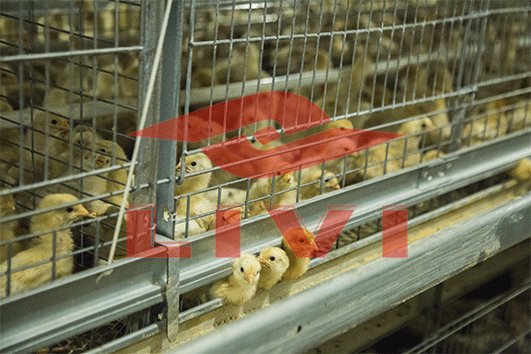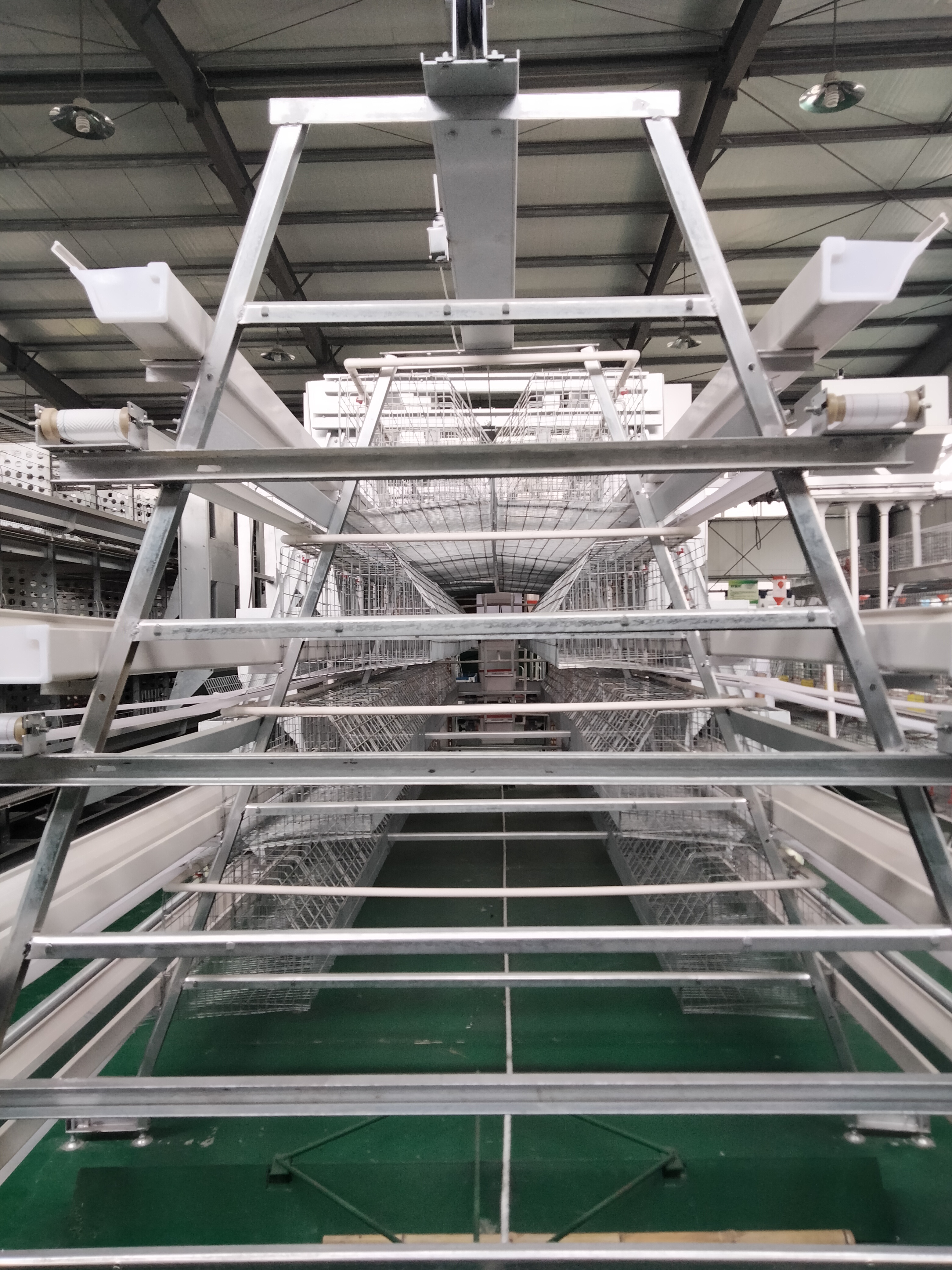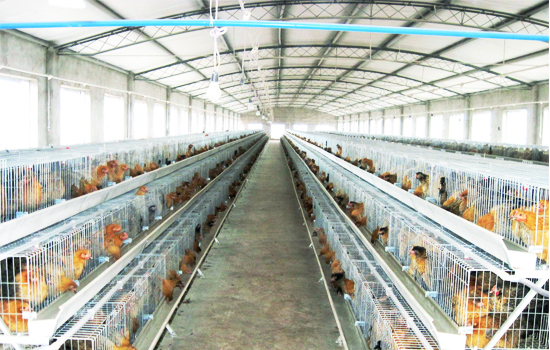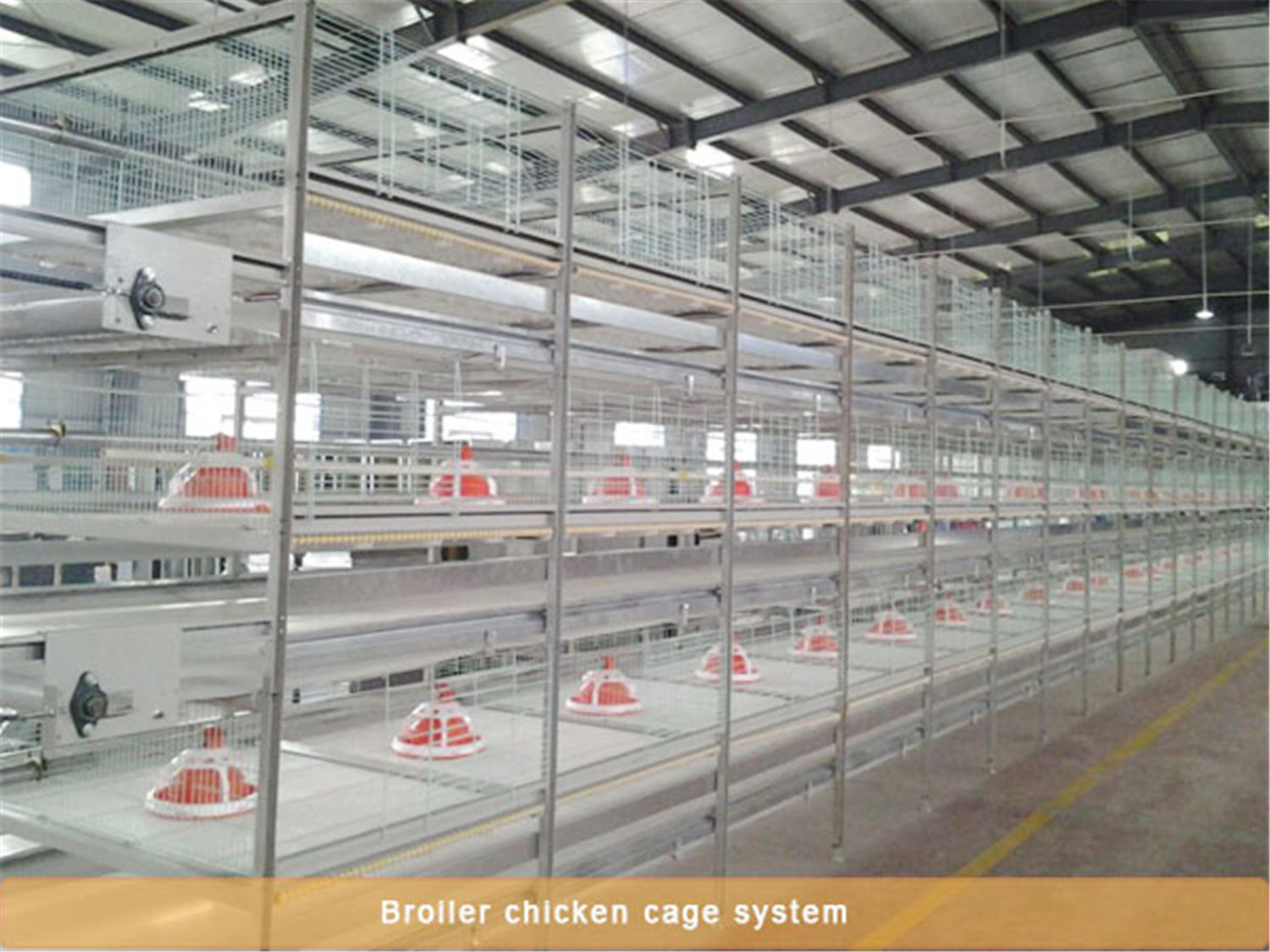Farmers who use layer cages to raise chickens are easy to ignore the misunderstandings that appear
- Published in Method of breeding chicken
Farmers who use layer cages to raise chickens need to manage the hen house. But managing chicken house is not an easy task. Today, I will share with you the misunderstandings that are easy to occur in daily management of using layer hen cages to raise chickens.
Regardless of whether it is the management of the chicken coop or the management of the chicken flock, it is very important. Improper management will affect the healthy growth and production of the chicken flock, and will naturally affect the efficiency of the farmers. Therefore, the battery chicken cage manufacturers will Summarized a few common processing gaps in the daily management of farmers, and hope that farmers can pay more attention to it.
Many farmers pay attention to disinfection, which makes the harmful gas and bacteria in the chicken house multiply, which seriously endangers the health of the chicken group. Farmers should regularly carry out reasonable disinfection of the chicken house, and pay attention to persistence. The chicken house is clean and often ventilated.

Adhering to a reasonable temperature and humidity around the layer cage is very important. Generally, farmers will ignore the adjustment of temperature, humidity and ventilation. They advocate ventilation at high temperatures and ventilation at high humidity. When there are large changes, first let the temperature rise by about two degrees. The right amount is the same for about half an hour, and so on.
The most important thing is that farmers must purchase high-quality chicken raising equipment. Chicken battery cages are mechanical equipment, and the price is relatively high. Therefore, some farmers, regardless of the quality of the cages of the layer cages and whether the structure is reasonable, buy the cheapest cages, thinking that they can reduce some costs, but the structure is poor. The chicken cages do not help the growth of the chickens, but will harm the chickens. Moreover, the service life of the cages of unreliable quality will not be very long, which invisibly increases the breeding cost.
The above are some misunderstandings that farmers should pay attention to when using poultry cages to raise chickens. It is hoped that they can attract the attention of farmers and pay more attention in management. Farmers can have time to learn the scientific and reasonable management skills of cage farming, so that their chickens can grow more healthily, and the farmers themselves can obtain better benefits.





